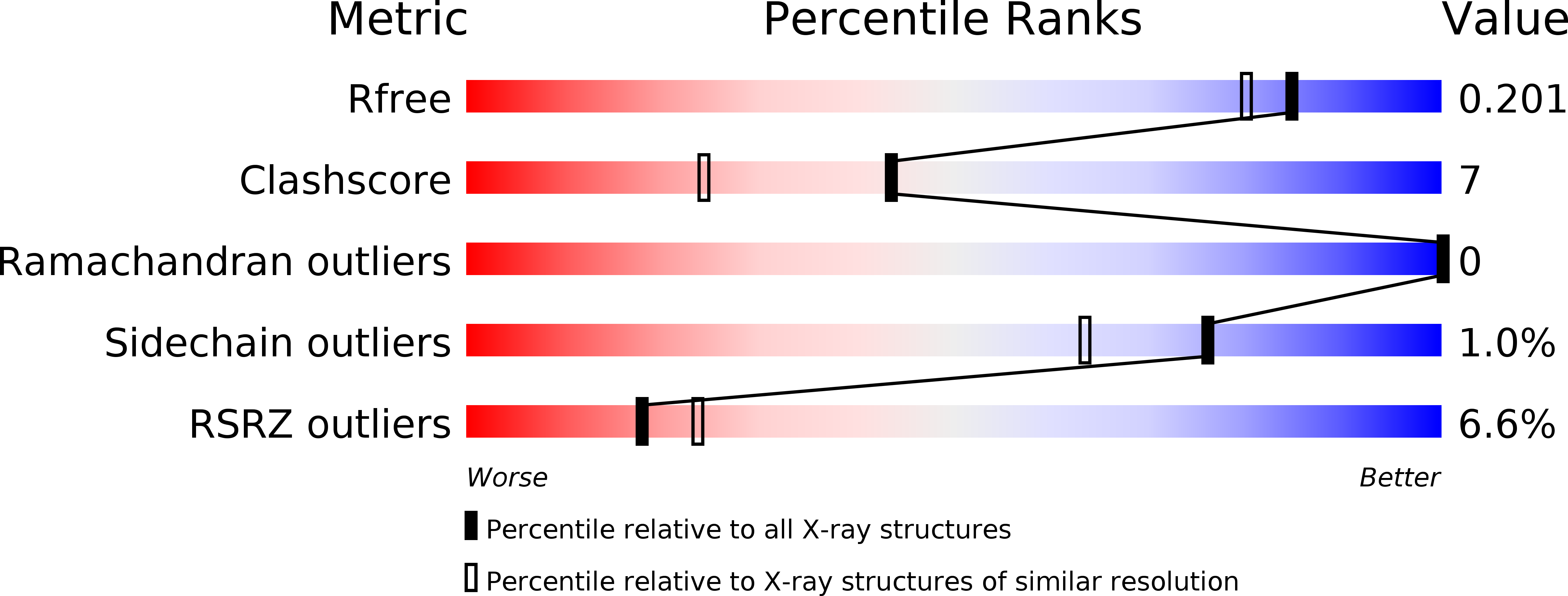
Deposition Date
2004-10-07
Release Date
2005-04-11
Last Version Date
2023-12-13
Entry Detail
PDB ID:
1W99
Keywords:
Title:
Mosquito-larvicidal toxin Cry4Ba from Bacillus thuringiensis ssp. Israelensis
Biological Source:
Source Organism:
BACILLUS THURINGIENSIS SEROVAR ISRAELENSIS (Taxon ID: 1430)
Host Organism:
Method Details:
Experimental Method:
Resolution:
1.75 Å
R-Value Free:
0.21
R-Value Work:
0.20
R-Value Observed:
0.20
Space Group:
H 3 2


